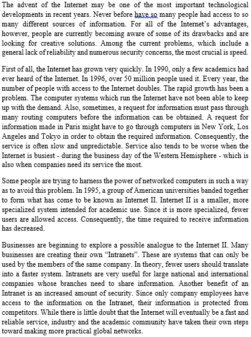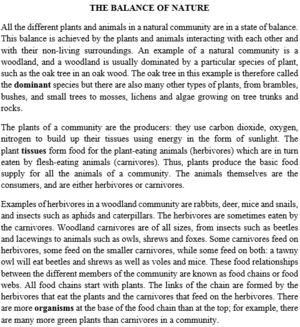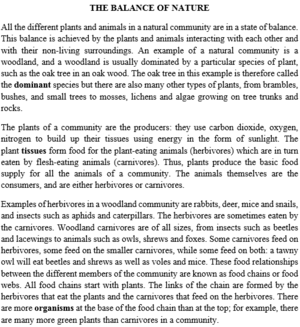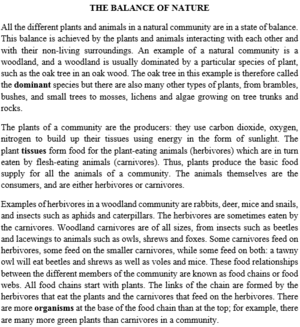Read the following passage and mark the letter A, B, C, or D to indicate the correct answer to each of the question.
Certain birds are, more often than not, considered bad luck, or even a sign of impending death. For example, all over the world, both crows and ravens have some connection to war and death. In early times, crows and ravens were thought to accompany the gods of war, or be signs of the gods’ approaching arrival. This idea later changed. Crows in particular were thought to be harbingers of ill fortune or, in some cases, guides to the afterlife. Woe be it to the person who saw a single crow or raven flying overhead, for this was most certainly a portent of death in the near future.
Interestingly, though potentially bad luck for people individually, the raven is considered to be good luck for the crown of England. So much so, in fact, that a “raven master” is, even today, an actual government position in London. He takes care of the ravens there and also clips their wings, ensuring that these birds can never fly far from the seat of the British government. This way, the kingdom will never fall to ill fortune.
Another bird that is thought to play a part in forecasting the fortunes of people is the swallow. Depending on how and when it is seen, the swallow can be a harbinger of either good or ill fortune. Perhaps inspired by the swallow's red-brown breast, Christian people initially related the swallow to the death of Jesus Christ. Thus, people who saw a swallow fly through their house considered it a portent of death. Later, however, farmers began to consider swallows signs of good fortune. Any barn that has swallows living in it is sure to be blessed in the following year. Farmers also have to beware of killing a swallow; that would be certain to end any good luck they might have had.
Though many people think these superstitions are old wives’ tales, there is actually some evidence to support them. For example, crows and ravens, being scavengers, appear at the aftermath of battles. Thus, large numbers of crows and ravens could be good indications of war in an area. As well, swallows feed on insects that can cause infections in cattle. Thus, a farmer who has many swallows in his barn may actually have healthier animals on his farm. Therefore, the next time you feel inclined to laugh at an old wives’ tale, maybe you had better find out if there is any truth to it first!
(Adapted from Reading Challenge 3 by Casey Malarcher and Andrea janzen)
Which of the following most accurately reflects the author's suggestion in the last paragraph?
A. The old wives' tales are more often used for fun than the truth.
B. Although some superstitions are based on reality, people should not believe in them.
C. People should not make fun of the superstition.
D. Farmers should protect the swallows to prevent bad lucks.







Đáp án C
Câu nào trong các câu sau thể hiện chính xác nhất để xuất của tác giả trong đoạn cuối?
A. Những chuyện mê tín thường được dùng để mua vui hơn là sự thật.
B. Mặc dù một vài chuyện mê tín dựa vào thực tế, mọi người không nên tin chúng.
C. Mọi người không nên chế nhạo chuyện mê tín.
D. Nông dân nên bảo vệ chim én để tránh gặp điềm gở.
Từ khóa: the author’s suggestion
Căn cứ thông tin đoạn cuối:
“Therefore, the next time you feel inclined to laugh at an old wives‘ tale, maybe you had better find out if there is any truth to it first!” (Vì vậy, lần tới nếu bạn cảm thấy muốn cười nhạo một chuyện mê tín nào đó, có lẽ bạn nên tìm hiểu xem có sự thật nào về nó không trước đã).